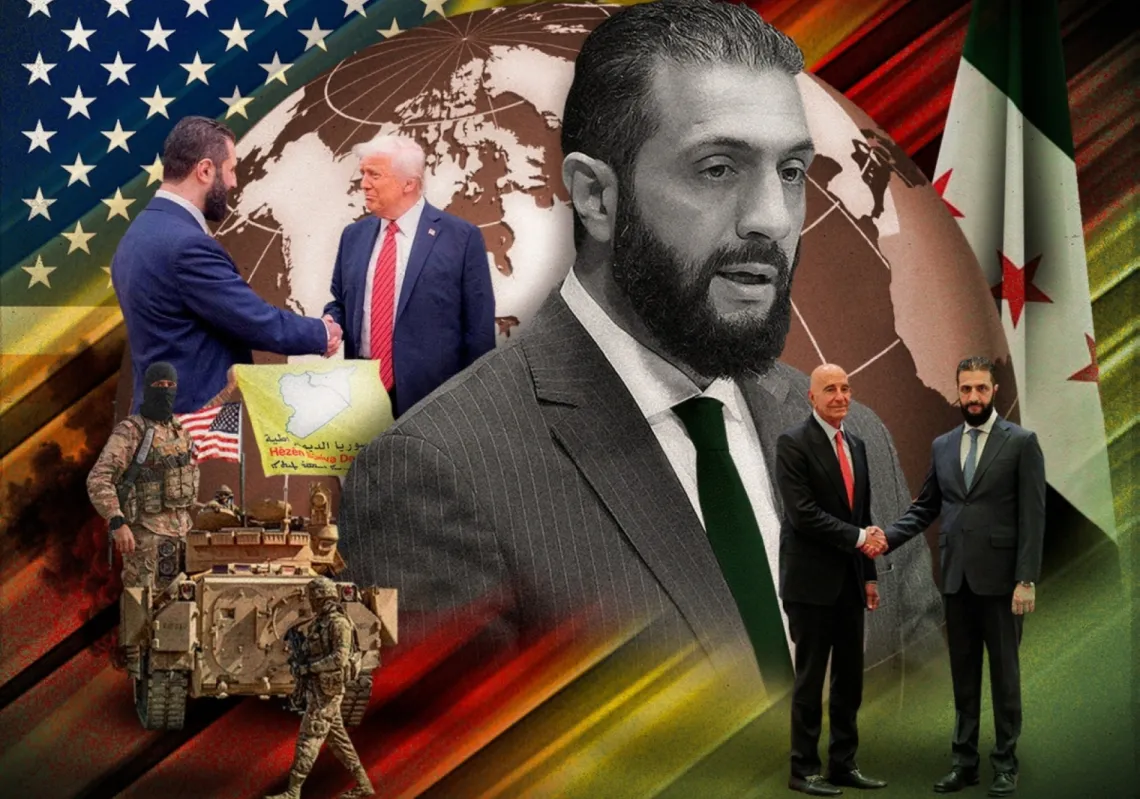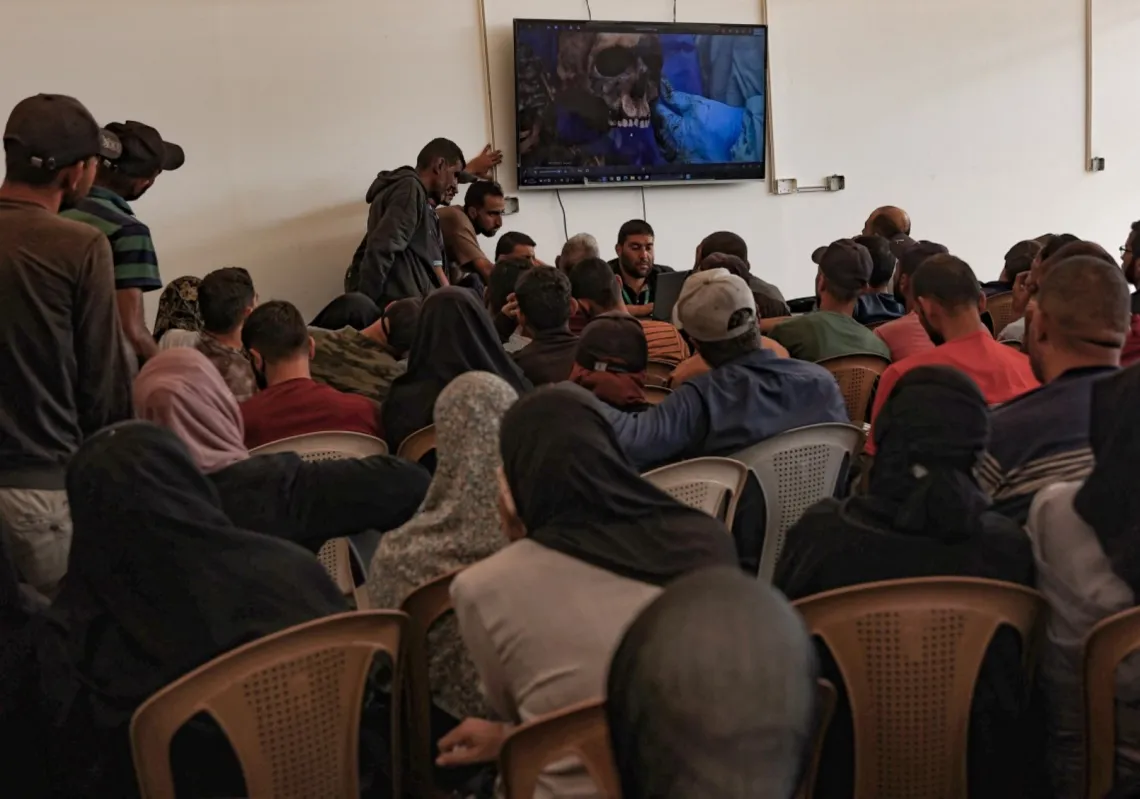 TOPSHOT - An Afghan man swings on a swing near the Sakhi Shrine during the Nowruz festival to mark the Afghan New Year in Kabul on March 21, 2017.
TOPSHOT - An Afghan man swings on a swing near the Sakhi Shrine during the Nowruz festival to mark the Afghan New Year in Kabul on March 21, 2017.Nowruz, one of the biggest festivals of the war-scarred nation, marks the first day of spring and the beginning of the year in the Persian calendar. Nowruz is calculated according to a solar calendar, this coming year marking 1396. / AFP PHOTO / WAKIL KOHSAR (Photo credit should read WAKIL KOHSAR/AFP/Getty Images)[/caption]
What Russia, Iran, and the United States Can Do
by Scott Worden
The Afghan military, backed by some 8,400 U.S. troops, is struggling to shore up its ranks after a devastating attack killed over 100 soldiers on a military base in Mazar-i-Sharif, marking a morbid beginning to another summer fighting season. This time around, though, the Afghans and their American partners have two more forces to contend with: Russia and Iran.
Both countries stepped up their support of the Taliban over the winter, possibly as a hedge against persistent American indecision about how deeply to stay involved, and for how long. Left unchecked, Russian and Iranian support could enable the Taliban to win the long-term occupation of a provincial capital this summer, which would further erode Afghan government legitimacy. To head off such an outcome, the new Trump administration must consider an approach that brought some success in the aftermath of the 2001 U.S. invasion: rebuilding a regional consensus with Russia and Iran—as well as China, India, Pakistan, and the Gulf states—to stop funding proxies and support stability in Afghanistan.
Russia’s support for the Taliban has altered the regional dynamic that fuels the war. Since the end of 2016, Russia has reportedly been providing arms to the Taliban operating in northern Afghanistan. Russian officials have also reportedly met with Taliban representatives in Russia and Tajikistan. Meanwhile, over the past year Moscow has held discussions with Islamabad and Tehran about their mutual interests in supporting the Taliban. Russia’s sudden cooperation with the Taliban is particularly surprising, given the bloody fighting between their Soviet and Mujahedin predecessors in the 1980s.
Russia claims that its motivation for supporting the Taliban is to fight the ISIS’s Afghan offshoot, prevent Central Asian terrorist groups such as the Islamic Movement of Uzbekistan (IMU) from destabilizing the region, and control drug trafficking through Central Asia into Russia. But the real reason may be to cause trouble for the United States.
Although there are indeed foreign fighters in northern Afghanistan, the threat is overblown and the Russian response is counterproductive. The main reason that foreign terrorist groups can operate in Afghanistan is the cover provided by the chaos from the Taliban insurgency. Last week’s Taliban attack in Mazar-i-Sharif only heightens this risk. Rather than funding the Taliban, the Russian government should be supporting Kabul as it tries to regain control of territory from the Taliban, IMU, and ISIS.
Iran has a similar rationale for increasing its support of the Taliban, which traditionally has been its enemy. Since 2014, it has given weapons to Taliban groups near the Iranian border, in part to keep ISIS at bay. Iran has also quietly allowed Taliban offices to operate within Iran. Taliban leader Akhtar Mansour was killed by a U.S. drone strike in May 2016 as he returned to Afghanistan from Iran, where he had apparently stayed for two months. Iran also is wary of a continued U.S. military presence in Afghanistan, which it fears could be used to launch strikes in the event of hostilities over Iran’s nuclear program. Beyond that, Iran lacks confidence that the joint NATO-Afghanistan plan for ending the insurgency will work, or even do much to mitigate the risks Iran faces from terrorism, refugee flows, and drug trafficking as the war continues.
[caption id="attachment_55253534" align="aligncenter" width="594"]
 KABUL, AFGHANISTAN - DECEMBER 06: Members of Daesh and taliban militants are seen in Jalalabad eastern Afghanistan on December 06, 2016. National Directorate Security (NDS) arrested three key members of Daesh and eight taliban militants during an operation in Jalalabad. (Photo by Haroon Sabawoon/Anadolu Agency/Getty Images)[/caption]
KABUL, AFGHANISTAN - DECEMBER 06: Members of Daesh and taliban militants are seen in Jalalabad eastern Afghanistan on December 06, 2016. National Directorate Security (NDS) arrested three key members of Daesh and eight taliban militants during an operation in Jalalabad. (Photo by Haroon Sabawoon/Anadolu Agency/Getty Images)[/caption]
Iran’s support to the Taliban could be reversed, however, with assurances about a long-term plan for ending the insurgency and a commitment not to use Afghan soil for attacks against Iran (or other neighbors). After all, Iran’s religious ideology is at odds with the Taliban’s, and the country was an early ally of the United States during the 2001 negotiations to establish a new government in Afghanistan.
To be sure, Iranian and Russian support for the Taliban would not be strategically significant without Pakistan’s much greater support for the Taliban. That support includes money, weapons, training, and free movement within Pakistan. Ending Pakistan’s support for the Taliban is a complex task that will not be quickly resolved. But the negative impact of Pakistan’s support for the Taliban could be blunted by a strong regional consensus that pressures Pakistan to reduce its support.
In theory, that consensus shouldn’t be so difficult to reach. Iran, Russia, and the United States all share essentially the same interests in a peaceful and stable Afghanistan. That was the premise under which the three nations worked side by side when developing the Bonn Agreement in 2001. Re-forming that alliance should be a centerpiece of a revised U.S. strategy for Afghanistan.
To begin with, the United States should clarify that its primary objective in Afghanistan is a peaceful and stable nation. Beyond that, together with its allies, the United States must articulate a credible commitment to providing the military, diplomatic, and economic support needed over time to achieve that goal. Such a declaration would help allay persistent fears that the United States could rapidly withdraw assistance to Afghanistan, as it did in 1991, and spur another civil war that Afghanistan’s neighbors would need to deal with. At the same time, the United States should emphasize that its troop presence in Afghanistan is negotiable if the transnational terrorist threat ends and the Afghan government no longer needs as much support.
Second, the United States should provide additional military support to quash the expected Taliban summer offensive. The Afghan National Security Forces need the capacity to prevent further Taliban gains to convince neighboring countries that the Taliban will not win and that they should place their chips with the Afghan government.
Third, the Afghan government and the U.S. government need a credible architecture and plan for a peace process. The multiple international forums that have attempted to start talks with the Taliban are competing for attention and legitimacy. Most recently, the Russians initiated a dialogue that includes Iran, Pakistan, and Afghanistan but was arranged without consultation with the United States. The good news is that such efforts focus attention on a negotiated settlement. But the only way such a settlement will work efficiently, or at all, is for everyone to agree on a single process.
Before picking a particular model for talks, the Trump administration should designate a lead negotiator for an Afghan peace process—as it has with Jared Kushner for the Middle East—and reinvigorate its regional diplomacy through the International Contact Group of Afghanistan’s donors and regional neighbors. The Trump administration should consider reopening peace discussions through the Quadrilateral Coordination Group, which includes Afghanistan, China, Pakistan, and the United States. It must also find ways to include India, Iran, and Russia in the process to preclude them from acting as spoilers for any talks.
The United States has a strong interest in protecting itself from terrorist attacks in Afghanistan and the region in a way that requires less money and creates less risk for U.S. forces and civilians. The best option is a political settlement that results in a legitimate Afghan government that is able to secure itself and is supported by its powerful neighbors.
This article was originally published on ForeignAffairs.com.









